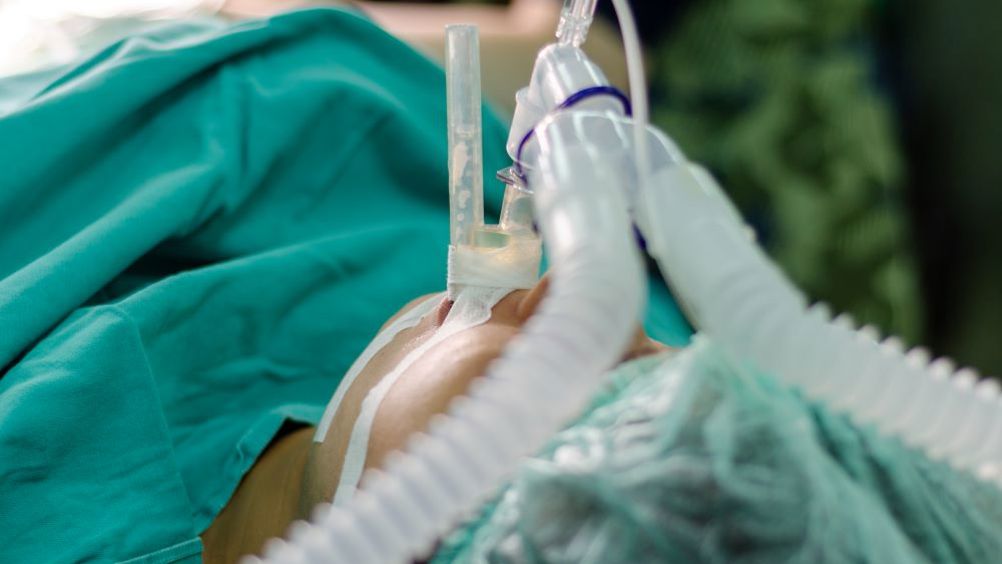References
Advanced airway management and drug-assisted intubation skills in an advanced critical care practitioner team

Abstract
Introduction:
Airway management, including endotracheal intubation, is one of the cornerstones of care of critically ill patients. Internationally, health professionals from varying backgrounds deliver endotracheal intubation as part of their critical care role. This article considers the development of airway management skills within a single advanced critical care practitioner (ACCP) team and uses case series data to analyse the safety profile in performing this aspect of critical care. Skills were acquired during and after the ACCP training pathway. A combination of theoretical teaching, theatre experience, simulation and work-based practice was used. Case series data of all critical care intubations by ACCPs were collected. Audit results: Data collection identified 675 intubations carried out by ACCPs, 589 of those being supervised, non-cardiac arrest intubations requiring drugs. First pass success was achieved in 89.6% of cases. A second intubator was required in 4.3% of cases. Some form of complication was experienced by 42.3% of patients; however, the threshold for complications was set at a low level.
Conclusions:
This ACCP service developed a process to acquire advanced airway management skills including endotracheal intubation. Under medical supervision, ACCPs delivered advanced airway management achieving a first pass success rate of 89.6%, which compares favourably with both international and national success rates. Although complications were experienced in 48.3% of patients, when similar complication cut-offs are compared with published data, ACCPs also matched favourably.
Airway management, including endotracheal intubation, is one of the cornerstones of care of the critically ill patient. Multiple reports have examined the role of health professionals from varying backgrounds who have delivered endotracheal intubation as part of their critical care role (Gunning et al, 2013; Delorenzo et al, 2018; Gellerfors et al, 2018). In the UK, drug-assisted endotracheal intubation has remained restricted to a small number of professional groups, and within adult critical care has been almost exclusively performed by physicians. UK advanced practitioners in paediatric, neonatal and pre-hospital care perform drug-assisted endotracheal intubation as part of a multidisciplinary team (with medical supervision). However, published research on the subject is scant. Critical care paramedics (working within specialist prehospital care teams and under medical supervision) perform drug-assisted endotracheal intubation, as do anaesthesia associates (in the theatre environment) (McQueen et al, 2015). In the past 14 years advanced critical care practitioners (ACCPs) have been added to the multidisciplinary team of UK intensive care units (ICUs). Many aspects of ACCP practice have been described, including advanced airway management (Department of Health and Skills for Health, 2008; Faculty of Intensive Care Medicine, 2018; Denton et al, 2019; Williams et al, 2019; Denton et al, 2021). The extent to which ACCPs are involved in airway management varies between services with varying degrees of maturity and remains a contentious issue for medical colleagues.
Register now to continue reading
Thank you for visiting British Journal of Nursing and reading some of our peer-reviewed resources for nurses. To read more, please register today. You’ll enjoy the following great benefits:
What's included
-
Limited access to clinical or professional articles
-
Unlimited access to the latest news, blogs and video content

